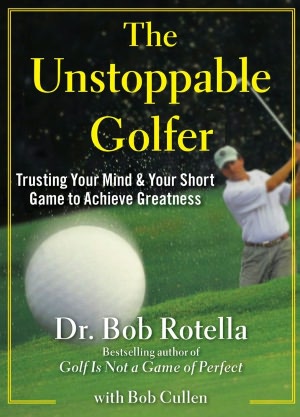When someone walks into your store or calls to place an order, you’re sometimes dealing with the decision maker. Often, though, that person is simply carrying out the instructions of the real buyer. The sales manager’s secretary who orders “Top Producer” awards from a trophy store, for example, may decide what kind of plaque to buy, but the decision to make the purchase in the first place was made by the manager. If you want to sell more, you have to persuade that person—the original decision maker—to buy them.
To sell completely new accounts, of course, you absolutely have to find the person who can say “yes.” When you approach a new potential customer on your own initiative, it’s very easy to get stuck dealing with an underling who may or may not be able to give you an order. You need to at least try to see the prime decision maker when you make your first contact. So how do you know who they are?
One way to find out, of course, is to ask. Before you knock on the door with a presentation, call the company and ask for the name of the president, the marketing director, the human resources manager, or whomever you think is most likely to be the person who controls the budget you want to tap. You can also find names on company websites or from services like Dun & Bradstreet. Their reports not only provide data like address and phone numbers, but also whether you are dealing with a headquarters location. Facts you can use include the number of employees nationwide and locally as well as annual sales, both of which can help you estimate how much potential the account has. You’ll also find the names of various executives, a.k.a. decision makers. One nifty feature allows you to store this company’s name online in a tracking folder and be notified of changes.
To carry your sleuthing a step further, type the executive’s name into Google. Do the same with the company name itself. If they’ve been in the news, you might learn that they’re just announced a new product that your product or service could help their sales force introduce. Or you might find that they’re active with a church, youth activities, or a local non-profit, which gives you a way to open the door by offering to support their favorite cause. Other places to check include your local newspaper’s website, which often contains a search feature that will pull up past stories about your prospect from their archives.
Dave Donelson distills the experiences of hundreds of entrepreneurs into practical advice for small business owners and managers in the Dynamic Manager's Guides, a series of how-to books about marketing and advertising, sales techniques, motivating personnel, financial management, and business strategy.







